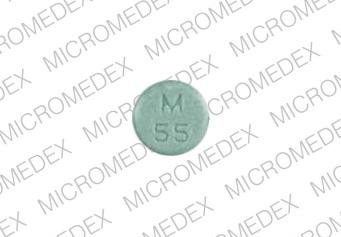Timolol Dosage
Medically reviewed by Drugs.com. Last updated on Jan 14, 2025.
Applies to the following strengths: 5 mg; 10 mg; 20 mg
Usual Adult Dose for:
Additional dosage information:
Usual Adult Dose for Hypertension
Initial dose: 10 mg orally twice a day
Maintenance dose: 10 to 20 mg orally twice a day
Maximum dose: 30 mg orally twice a day
Comment:
- There should be an interval of at least 7 days between increases in dosages.
- This drug may be used with a thiazide diuretic or with other antihypertensive agents.
Use: For hypertension alone or in combination with other antihypertensive agents, especially thiazide-type diuretics
Usual Adult Dose for Myocardial Infarction
Initial dose: 10 mg orally twice a day
Use: For patients who have survived the acute phase of myocardial infarction, and are clinically stable, to reduce cardiovascular mortality and the risk of reinfarction
Usual Adult Dose for Migraine Prophylaxis
Initial dose: 10 mg orally twice a day
Maintenance dose: 10 to 30 mg given in 1 to 2 divided doses
Use: For the prophylaxis of migraine headache
Renal Dose Adjustments
Dose reductions may be necessary.
Liver Dose Adjustments
Dose reductions may be necessary.
Precautions
US BOXED WARNINGS:
Exacerbation of Ischemic Heart Disease Following Abrupt Withdrawal:
- Hypersensitivity to catecholamines has been observed in patients withdrawn from beta blocker therapy; exacerbation of angina and, in some cases, myocardial infarction have occurred after abrupt discontinuation of therapy. When discontinuing therapy, particularly in patients with ischemic heart disease, the dosage should be gradually reduced over a period of 1 to 2 weeks and the patient should be carefully monitored. If angina worsens or acute coronary insufficiency develops, therapy should be reinstituted promptly, at least temporarily, and other measures appropriate for the management of unstable angina should be taken. Patients should be warned against interruption or discontinuation of therapy without the physician advice. Because coronary artery disease is common and may be unrecognized, therapy should not be discontinued abruptly even in patients treated only for hypertension.
This drug is not recommended for use in children.
Consult WARNINGS section for additional precautions.
Dialysis
Dosing should be cautious because hypotensive responses have been seen in patients with marked renal impairment undergoing dialysis after 20 mg doses.
Other Comments
Storage requirements:
- Consult the manufacturer product information.
Reconstitution/preparation techniques:
- Consult the manufacturer product information.
IV compatibility:
- Consult the manufacturer product information.
More about timolol
- Check interactions
- Compare alternatives
- Pricing & coupons
- Reviews (1)
- Drug images
- Side effects
- During pregnancy
- Drug class: non-cardioselective beta blockers
- Breastfeeding
- En español
Patient resources
Other brands
Professional resources
Related treatment guides
See also:
Further information
Always consult your healthcare provider to ensure the information displayed on this page applies to your personal circumstances.


